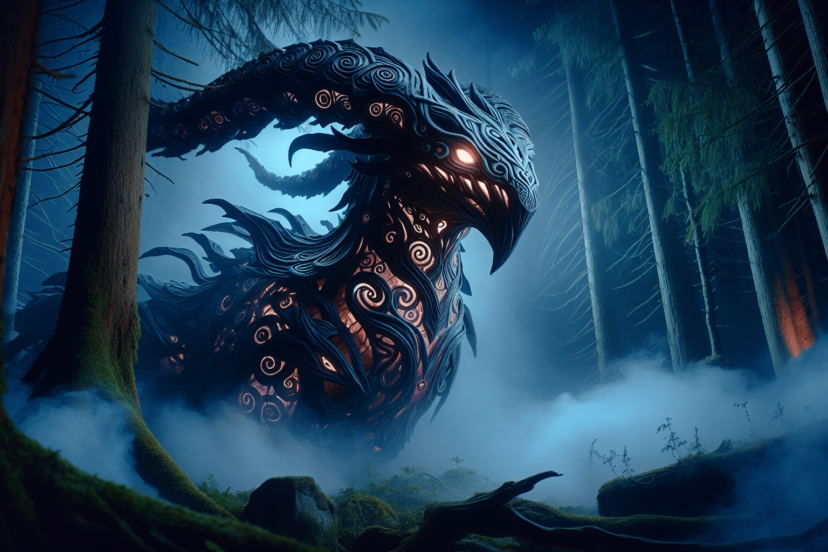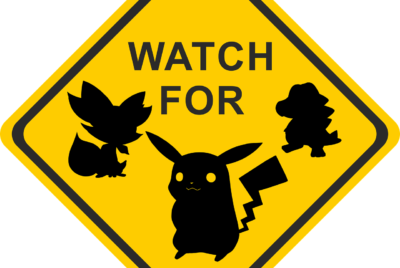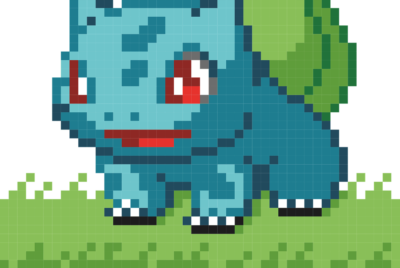Dark Type Pokemon
Have you ever wondered what makes Dark-type Pokémon so intriguing and unique among all the types? Their mysterious aura and versatility in battles make them a popular choice for many Pokémon trainers around the world. In this article, we will explore these enigmatic creatures, discuss their strengths and weaknesses, and provide insights into how to best utilize them in battles. By the end, we hope to deepen our appreciation for these fascinating Pokémon together.
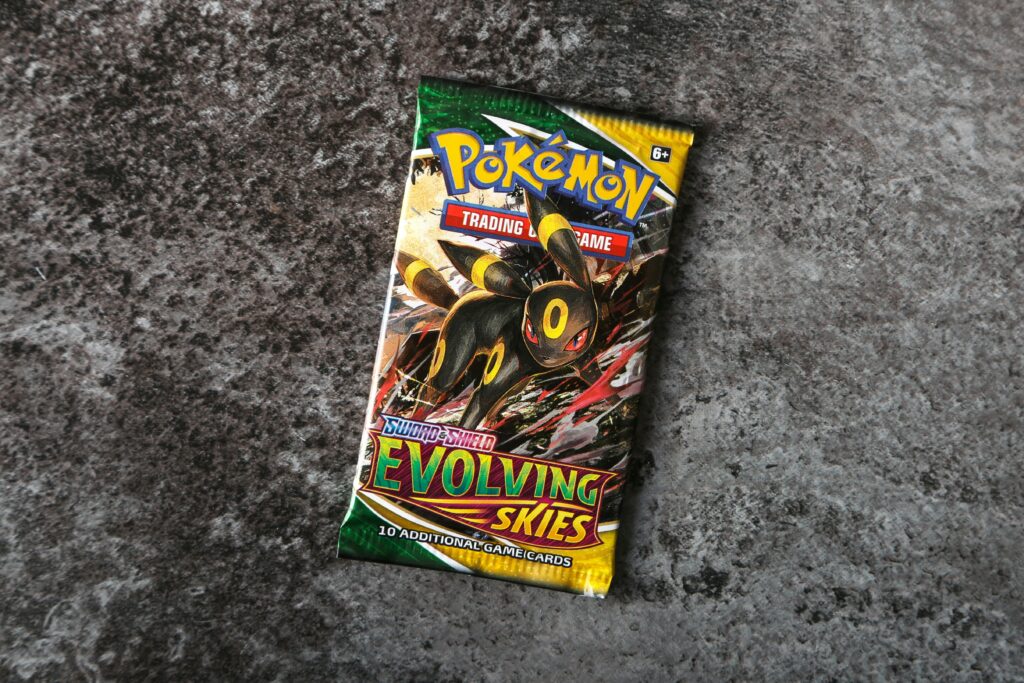
Understanding Dark-Type Pokémon
Dark-type Pokémon were first introduced in Generation II, adding a fresh layer of strategy to the Pokémon battles. These creatures often stand out with their cunning nature and clever strategies, making them exciting additions to any trainer’s team.
Characteristics of Dark-Type Pokémon
Dark-type Pokémon are often associated with deceptive tactics and an affinity for nocturnal themes. They tend to rely on underhanded moves and abilities that can destabilize their opponents, reflecting less a physical nature and more a strategic mindset. For instance, many of their moves involve trickery, like “Thief” or “Foul Play.”
What makes these Pokémon compelling is their design, often inspired by mythological creatures or shadow-like traits that are rarely found in real-world animals. This distinct aesthetic sets them apart from other types, drawing in fans who appreciate their style and mystery.
Role in the Pokémon World
Dark-type Pokémon bring balance to the Pokémon world through their strengths and vulnerabilities. Introduced partly to counteract Psychic types, which were dominant in the first generation, Dark types offer effective counters while weaving their unique skills into diverse team strategies. They act as both offensive powerhouses and disruptive forces in battles, thanks to their distinctive move sets.
Let’s now take a deeper look at their strengths and weaknesses.
Strengths and Weaknesses
As with every Pokémon type, Dark types have their own array of strengths and weaknesses that determine their effectiveness in battles. Let’s break down these elements to better understand how they can be used to our advantage.
Strengths
Dark-type Pokémon excel in battles against Psychic and Ghost-type Pokémon. This advantage arises from their immunity to Psychic-type moves and the extra damage they can inflict on ghostly foes. Moreover, their moves can often disable opponents or reverse their strategies, giving us an upper hand.
Weaknesses
However, Dark types are not without their vulnerabilities. They struggle against Bug, Fairy, and Fighting-type Pokémon, often taking increased damage from these adversaries. Moves from these types can exploit the Dark type’s defensive limitations, so it’s crucial to account for these weaknesses in battles.
Defensive Abilities
Despite their weaknesses, Dark-type Pokémon can hold their own through clever use of their unique moves and abilities. Skills like “Intimidate” or “Pressure” can reduce opponents’ effectiveness, while attacks like “Sucker Punch” or “Pursuit” can counteract faster Pokémon by striking first or hitting retreating foes.
In our battles, understanding these dynamics and preparing to counter vulnerabilities is key to maximizing the potential of our Dark-type partners.
Noteworthy Dark-Type Pokémon
Let’s dive into some standout Dark-type Pokémon from the franchise, each offering its own unique traits and battle styles. By highlighting an array of these creatures, we can better understand their individual contributions and how they might fit into our team.
Umbreon
Umbreon is renowned for its defensive capabilities and mystique. As an evolution of Eevee, it’s known for its high defensive stats and access to moves like “Moonlight” and “Toxic” that make it a formidable staller in battle.
Tyranitar
A powerhouse with a Rock and Dark dual typing, Tyranitar boasts immense strength and durability. Often considered a pseudo-legendary, it can unleash powerful attacks like “Crunch” and “Stone Edge,” making it a popular choice for trainers aiming for sheer offensive force.
Absol
Known by many as the “Disaster Pokémon,” Absol offers a high critical-hit rate with its signature ability, “Super Luck.” Its sleek design and swift movements make it a fan favorite, especially with moves like “Night Slash” that leverage its high critical strike potential.
Greninja
This Water/Dark type is not only visually striking but also a highly versatile attacker. With access to the ability “Protean,” Greninja can adapt its type to the move it’s about to use, keeping opponents on their toes and accentuating its strategic depth.
Zoroark
Possessing the unique ability “Illusion,” Zoroark can disguise itself as another Pokémon in the party. This clever gimmick can throw off opponents and let trainers dictate the flow of battle through surprise tactics.
Strategies for Using Dark-Type Pokémon in Battles
Having Dark-type Pokémon in our team can offer strategic advantages, but optimizing their usage often requires a tailored approach. Here are some strategic considerations that can maximize their effectiveness.
Building a Balanced Team
Integrating Dark-type Pokémon into our team should be about complementing their strengths while covering their weaknesses. Pairing them with Fairy or Fighting-type Pokémon can balance out their shortcomings and create a versatile team dynamic.
Move Sets and Abilities
When choosing moves and abilities for Dark-type Pokémon, focus on their ability to disrupt opposing strategies. Moves that induce flinching, steal items, or inflict status changes can shift battles in our favor. Also, considering abilities like “Prankster” or “Strong Jaw” can provide unique advantages on the battlefield.
Type Synergy in Battles
Incorporating type synergy is crucial. When facing adversaries, utilizing Dark-type moves against Psychic types or anticipating the opponent’s move set can create advantageous scenarios. Executing “Dark Pulse” against a Psychic opponent or “Knock Off” to remove a rival’s held item can be a game changer.
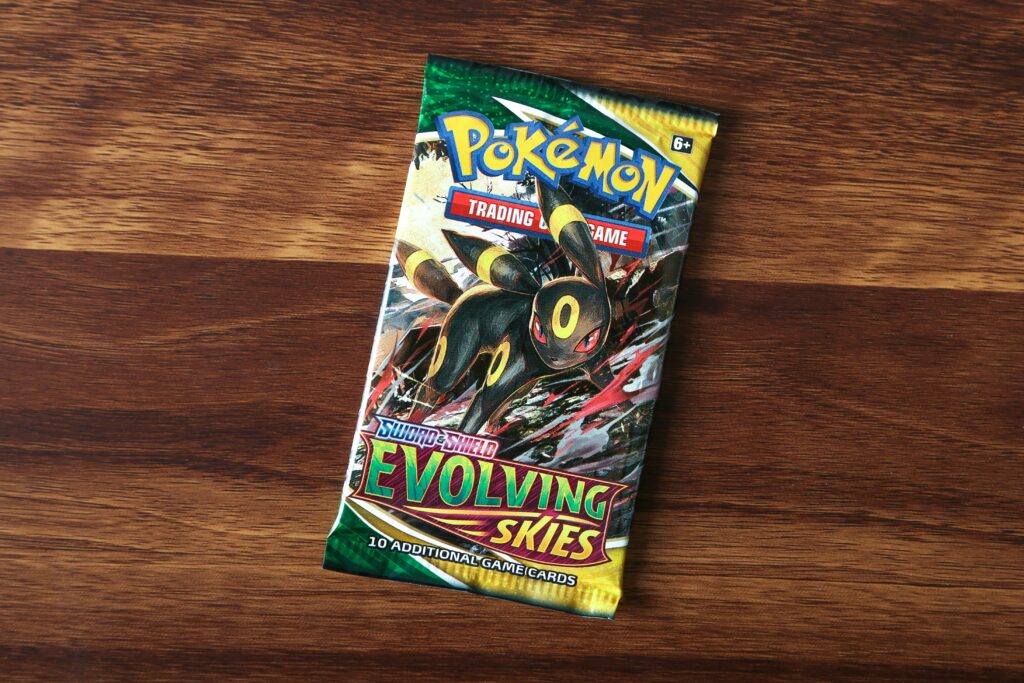
Dark-Type Pokémon in Competitive Play
In the competitive Pokémon scene, Dark types hold a niche that many skilled players exploit for strategic advantage. Let’s explore how these Pokémon fit into high-level play and the roles they often assume.
Popular Meta Choices
In competitive play, certain Dark-type Pokémon continually emerge as popular picks. For instance, Greninja’s speed and versatility make it a staple in many teams, while Tyranitar’s sheer power is frequently harnessed to dictate the pace of battle.
Counter Strategies
When facing Dark-type Pokémon, experienced trainers develop specific counter-strategies. Utilizing Bug, Fairy, and Fighting types effectively counters Dark types, and knowing which moves will most likely be used by opponents assists in predicting and outplaying the competition.
The Evolution of Dark-Type Pokémon Through Generations
Dark-type Pokémon have evolved significantly since their introduction. Each new Pokémon generation brings additional Dark types and often new abilities, moves, and weaknesses that redefine their role in the Pokémon ecosystem.
Generation II Introduction
The introduction of the Dark type in Generation II helped balance the supremacy of Psychic types during that era. Pokémon like Umbreon and Tyranitar began redefining strategies and captured the imaginations of trainers.
Subsequent Generations
Each subsequent generation has expanded on the Dark-type roster and enriched their abilities. Generations IV and VI introduced staple Pokémon like Drapion and Pangoro that further expanded play styles through unique ability combinations and move sets.
The Future and Recent Trends
In recent years, the game developers have pushed the envelope by introducing Pokémon like Grimmsnarl and Obstagoon, showcasing even more creative designs and abilities. These Pokémon continue to reshuffle what’s possible for Dark types, introducing new strategies into the mix.
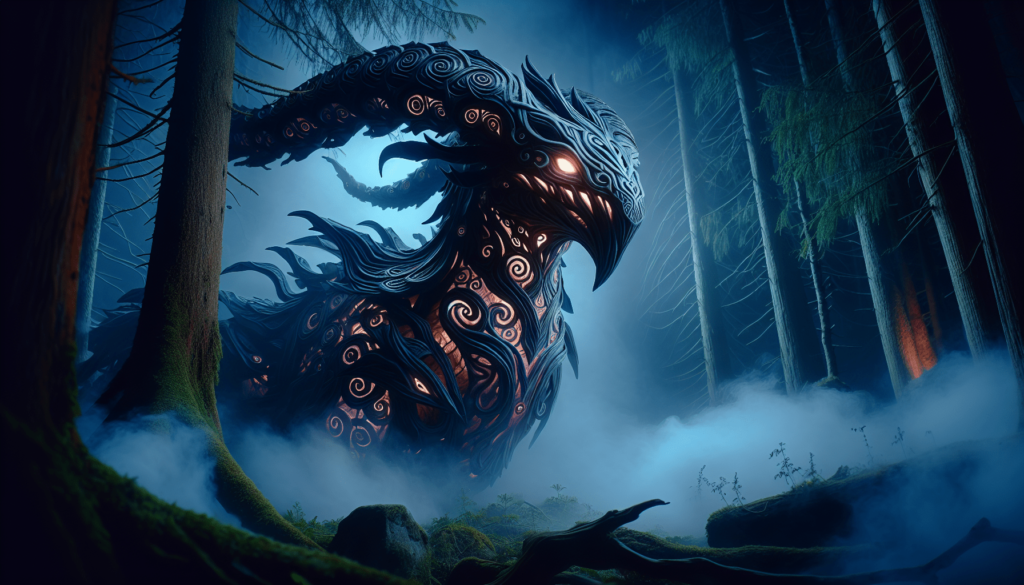
Our Fandom’s Beloved Dark-Type Pokémon Moments
Part of what makes Pokémon enjoyable, besides strategy and battles, are the stories and journeys we experience alongside them. For many fans, Dark-type Pokémon feature prominently in these treasured tales.
Iconic Appearances in Anime
In the Pokémon anime, Dark types have often contributed memorable moments. From Ash’s adventures with Greninja to the ethereal presence of an Umbreon in a moonlit scene, these Pokémon continue to steal the spotlight.
Video Games and Special Events
In various Pokémon video games, obtaining a rare Dark-type Pokémon through special events has always been exciting. These opportunities often coincide with festivals or challenges that test our mettle as trainers, offering Dark types as prized rewards for those who conquer them.
Card Game and Merchandise
Dark-type Pokémon also have a beloved presence in the trading card game and merchandise. Their unique aesthetics often translate into beautifully illustrated cards and captivating collectibles that fans eagerly seek.
Conclusion
Dark-type Pokémon remain a fascinating and strategic part of the Pokémon universe. Their enigmatic nature, combined with a powerful blend of strategy and aesthetics, offers endless possibilities in both casual and competitive play. By understanding their strengths, weaknesses, and potential roles in teams, we can fully appreciate these shaded legends of the Pokémon world.
As avid fans and trainers, our journey with Dark types continues to evolve with every new game and update. Whether we’re in it for the strategy, lore, or companionship, Dark-type Pokémon will always occupy a special shadowed corner in our hearts, waiting to surprise us with their endless capacity for both mirth and mystery.

